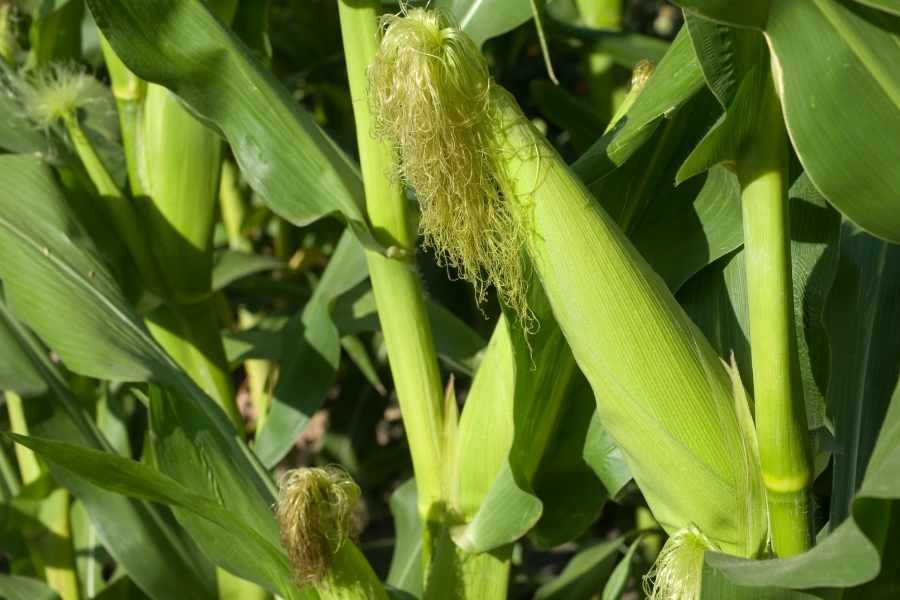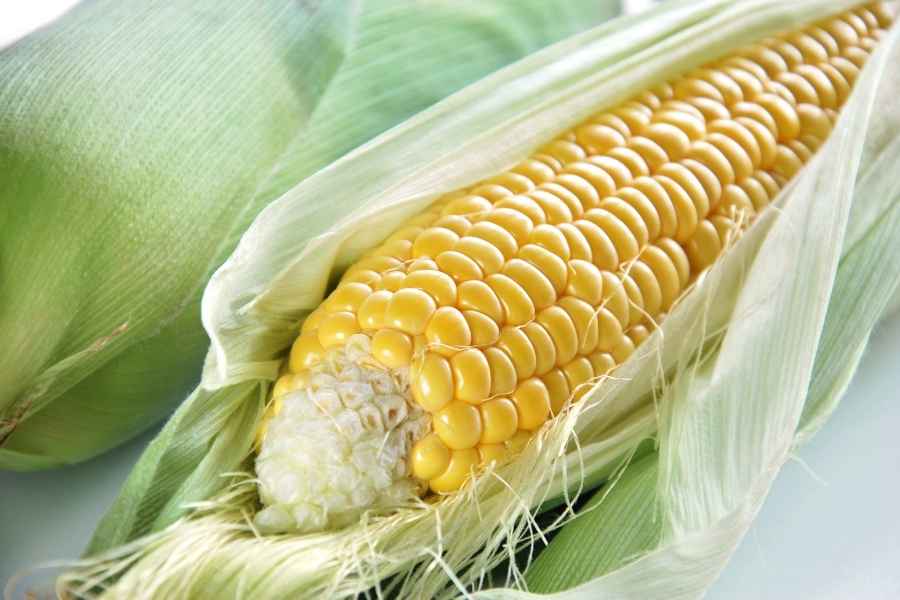Growing Sweet Corn: Beginner's Guide Planting Successfully

Hello, how are you today? Welcome to our blog About Gardening. We hope you are very well and looking forward to a new post or Gardening Tutorial.
Today we want to share with you a special post:
Sweet Corn Plant Profile
[adinserter block="11"]
Corn is one of the most popular vegetables to grow and eat, and it tastes even more delicious when freshly picked. It's surprisingly easy to grow your own, too.
Corn grows from tall, straight stalks that produce soft-grained ears with tufts of bristles. Most varieties of corn are similar on the outside, but under the husk, sweet corn can be white, yellow, bi-colored, or even red.
Many modern varieties of sweet corn have been grown to ripen early in the season, but late-ripening types tend to be sweeter.
Sweet corn is an annual plant that is planted in the spring and grows in the summer. It is ready for harvest about three months after planting, but the first varieties can be ready for up to two months.
| Botanical Name | Zea mays |
| Common Name | Sweet corn |
| Plant Type | Annual |
| Mature Size | 6 to 8 feet tall, 1 to 2 feet wide |
| Sun Exposure | Full sun |
| Soil Type | Loamy |
| Soil pH | Acidic to Neutral (6.0 to 7.0) |
| Bloom Time | Summer |
| Flower Color | Yellow |
| Hardiness Zones | 2 to 11 (USDA) |
| Native Area | Mexico |
| Toxicity | Non-toxic |

How to Plant Sweet Corn
Sweet corn does not transplant well from seedlings unless a biodegradable pot is used. The best way to plant sweet corn is to sow immediately after any danger of frost has been overcome.
Since corn is wind-pollinated, it works better when planted in blocks than in rows. Pollen from male acorns should come into contact with female silks, and planting close means more contact.
Wind pollination also allows for easy cross-pollination, so keep different types of corn at least 25 feet apart or varieties of plants that mature at different times. Plant the seeds 1 1/2 to 2 inches deep with a distance of 10 to 15 cm and water the seeds well.
Corn plant sizes vary depending on the type of corn you are planting and growing conditions, but most corn plants average 1.8 to 2.5 meters tall. There are shorter varieties for gardens with limited space.
While it is very easy to grow corn in any warm, sunny garden, it is often difficult to bring the fruit to a successful harvest due to competition from crows, raccoons, squirrels, and other pests who find corn as delicious as you do.
Traditional wisdom says to harvest corn the day before the raccoons.
Sweet Corn Care
Light
To grow well and have full ears, the corn will need a place that receives sunlight.
Soil
The soil must be loose and clayey, with a neutral pH between 6.0 and 7.0. Heavy soils inhibit the long main roots of corn. The shallow roots that form on the surface of the soil serve primarily to anchor tall plants.
Water
Water regularly, especially if you notice that the leaves are curling and the ears begin to swell. It is better to water abundantly once a week rather than providing a little water a day. Keep the area free of weeds that will compete for food and water.
Temperature and Humidity
The soil temperature should be between 60 and 65 degrees Fahrenheit. Otherwise, the corn seeds will not germinate properly.
In colder climates, you may want to cover the floor with black plastic first to help heat the floor faster.
Fertilizer
Corn is a heavy food that requires rich soil. Nitrogen is especially important because corn is essentially one gram. An inch or two of rotten compost or manure also works, as does feeding a fish emulsion.
Apply nitrogen fertilizer when the plants are about eight inches tall and again when they begin to produce acorns.

Sweet Corn Variety
There are hundreds of varieties of corn today, virtually all of which fall into six main categories: sweet corn, popcorn, feed corn, baby corn, decorative corn, and multi-colored Indian corn. Some of the more popular cultivars for growing sweet corn include:
- 'Early Sunglow': Early and sweet; good for shorter seasons and small gardens
- 'Silver Queen': Another early producer with pale white kernels; highly disease-resistant
- 'Golden Bantam': An open-pollinated heirloom variety, often called the original sweet corn
- 'Tuxedo': A "supersweet" variety with extra-long ears
Harvesting
Each stalk of sweet corn must produce at least one ear of corn. Harvest the corn when you see large dark green ears with brown pompoms. Tighten to check for firmness and rounded blunt tip.
Finally, pierce a ledge with your fingernail. If you're spraying a milky liquid, you're good to go. Pull the ears down and twist to remove the ear from the rod.
Be prepared to eat or store sweet corn immediately after harvest; the sweet taste disappears shortly after harvest. Corn freezes well regardless of whether or not you remove the kernels from the husks before freezing them.
Common Pests and Diseases
Animals will be the biggest pest problem. Maize planting can be controlled with an organic pesticide such as Bt (Bacillus thuringiensis) and with the destruction of the stalks at the end of the season.
Flea beetles spread bacterial wilt. Fight them by planting resistant varieties.
Be on the lookout for a grayish-black fungus called smut. Although some cultures find it delicious, it can kill your corn crop. Remove and destroy the fungus when it is young before the paste explodes and sends the spores everywhere.
[adinserter block="8"]
Enjoy This Video Tutorial About How to Grow Corn
Source: MIgardener
Don’t forget to Subscribe to our Newsletter to receive amazing tips and tricks about Gardening and the FREE Ebook Green Living Strategies!
[adinserter block="11"]
Did you find this post Useful or Inspiring? Save THIS PIN to your GARDENING Board on Pinterest! 😊

[adinserter block="8"]
Once again, thank you for visiting our website!
We hope you've enjoyed exploring the content we've created for you.
Give yourself the chance to learn, get inspired, and have even more fun, keep browsing...

You may also like 👇🏼👇🏼